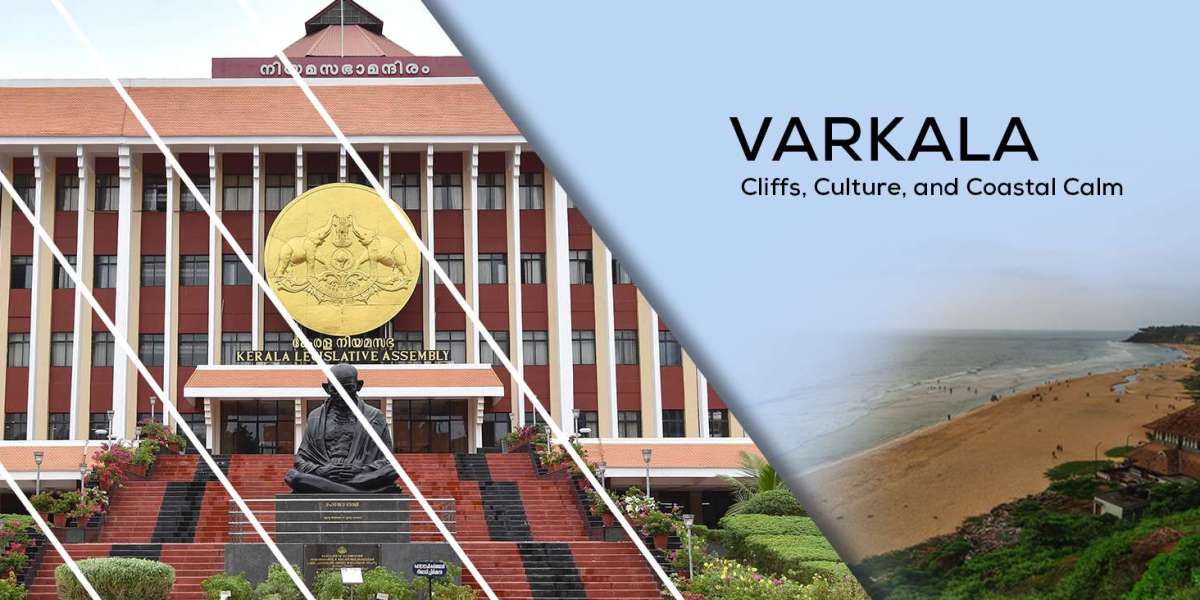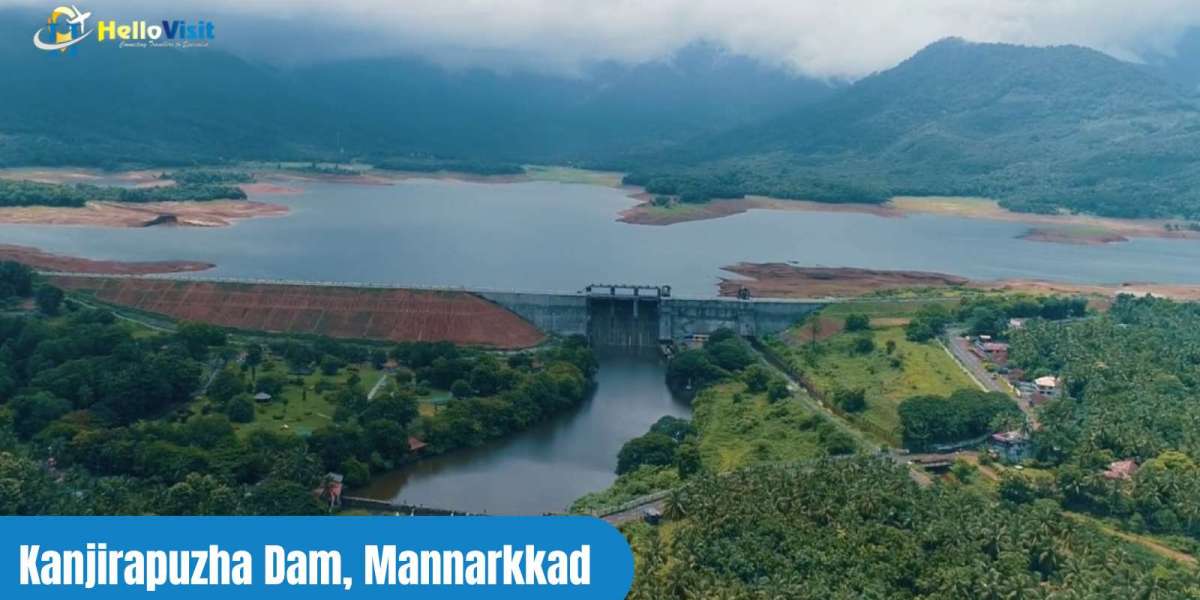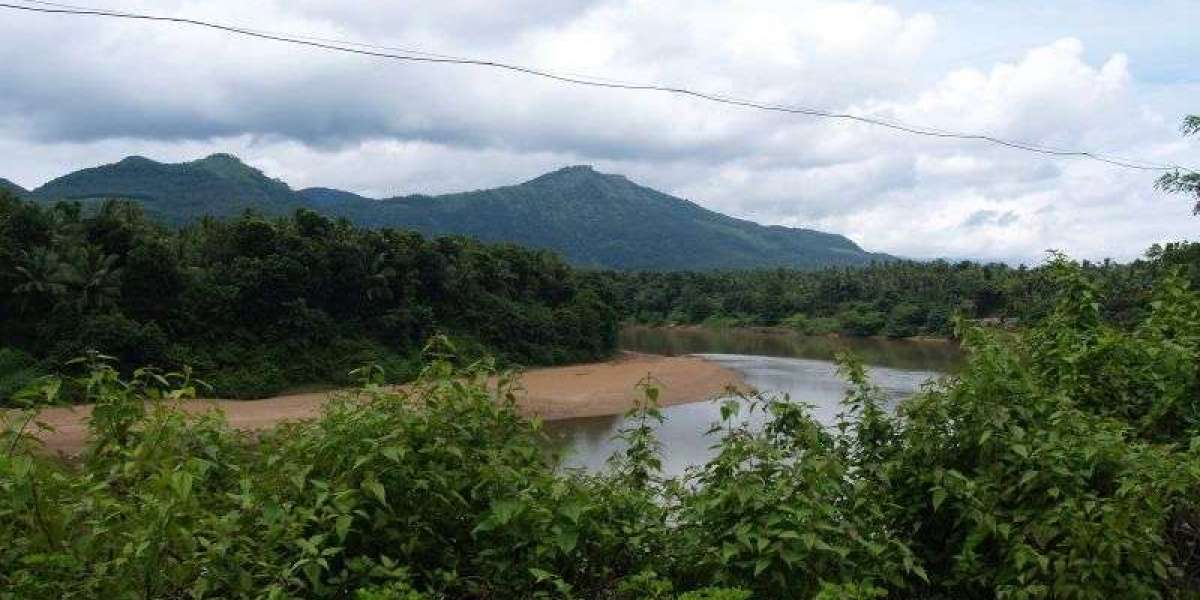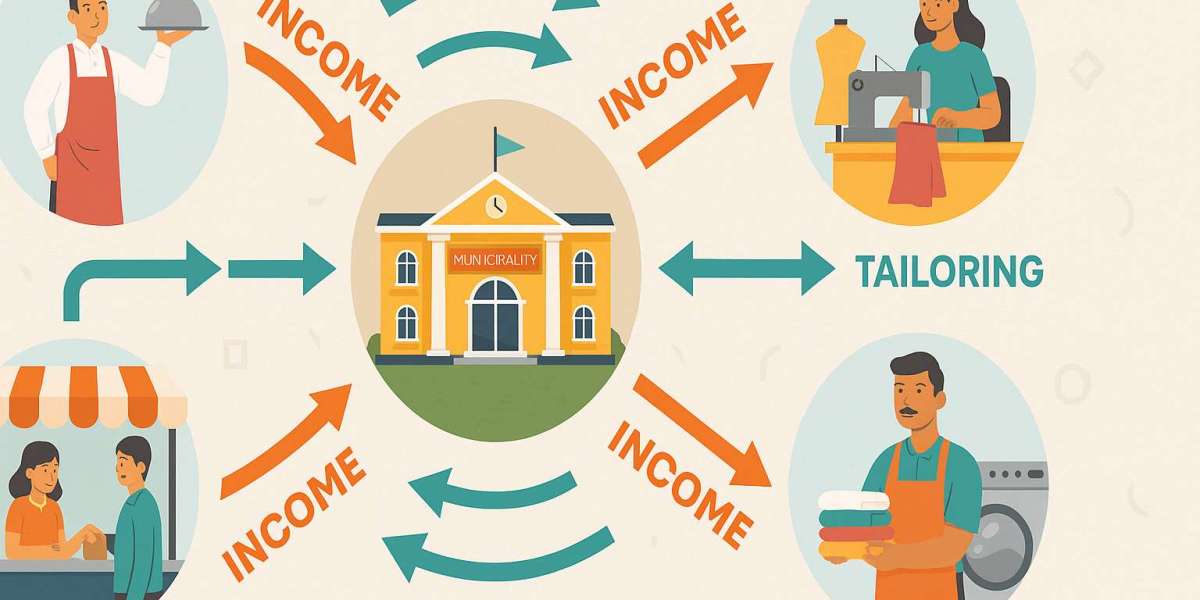Local Governance: Panchayats & Municipality
Varkala constituency comprises one municipality and seven grama panchayats, all within Varkala Taluk:
Varkala Municipality
Chemmaruthy, Edava, Elakamon, Madavoor, Navaikulam, Pallickal, and Vettoor panchayats.
Geographic & Demographic Panorama
This coastal constituency is anchored by Varkala town, famed for its cliff-lined Arabian Sea beach, designated a National Geological Monument for its unique tertiary sedimentary cliffs. The Varkala Tunnel, part of the Kerala Inland Waterways, harks back to Travancore-era trade infrastructure.
Villages such as Madavoor, Pallickal, and Elakamon lie inland; Madavoor hosts approximately 31,000 residents, while Pallickal had around 16,900 people in 2011, predominantly engaged in agriculture. Ayiroor (in Elakamon panchayat) sees many locals employed abroad in the service sector.
Literacy is high, matching Thiruvananthapuram’s 92% mark, while population density blends bustling tourist areas with farming communities.
Livelihoods & Income Patterns
Tourism & Trade: Varkala’s cliff-beach draws tourists, generating income from hospitality, cafes atop the cliffs, handicrafts and associated services.
Agriculture: Inland panchayats such as Pallickal and Madavoor cultivate paddy, coconut and local produce, with Pallickal known as "Land of Volleyball" among athletes.
Blue Economy: Fishing and small-scale marine activity support coastal pockets like Edava and Varkala.
NRI Remittances: Substantial Gulf-based earnings, particularly in Ayiroor and Elakamon, power many household incomes.
Economic Strata Distribution
A vast majority fall into the middle-income bracket — supported by steady tourism revenues, remittances, farming and small business. A smaller upper-income segment includes successful traders, business owners or NRI families. A modest proportion — mainly traditional fisherfolk or agricultural labourers — remain below the poverty line (BPL), relying on subsistence-level incomes.
Recent Development Updates
In June–July 2025, the District Development Committee reviewed key infrastructure in Varkala Assembly Constituency: upgrading water supply systems, reviving the Piravam–Varkala Sivagiri KSRTC bus service, accelerating Punnamoodu market construction, enhancing coastal protection measures, restoring tourism zone CCTV surveillance and advancing five school building projects planned through KILA.
Meanwhile, the Parvathy Puthanar canal revitalisation project from Kovalam to Varkala is nearing completion in the Akkulam–Varkala stretch. Land acquisition progress is crucial — planned canal widening and service road construction promise improved connectivity along the inland waterway.
Environmental concerns around the shoring of fragile cliffs have sparked action: local tourism funds were sanctioned (approx. Rs 1 crore) for cliff pathway repairs and lifeguard hiring. Studies are underway by NCESS and NCCR to stabilize the geological monument cliff profile.
Conclusion
Varkala Assembly Constituency is a dynamic coastal-hinterland region defined by scenic cliffs, high literacy, and a robust middle-class profile empowered by tourism, agriculture, and NRI remittances. Though some lower-income households remain, recent infrastructure investments—from water systems, transport, markets and coastal resilience programs — signal a constructive trajectory towards sustainable development and balanced regional growth.







